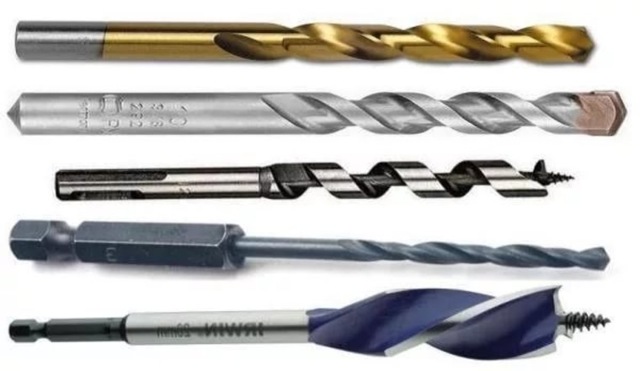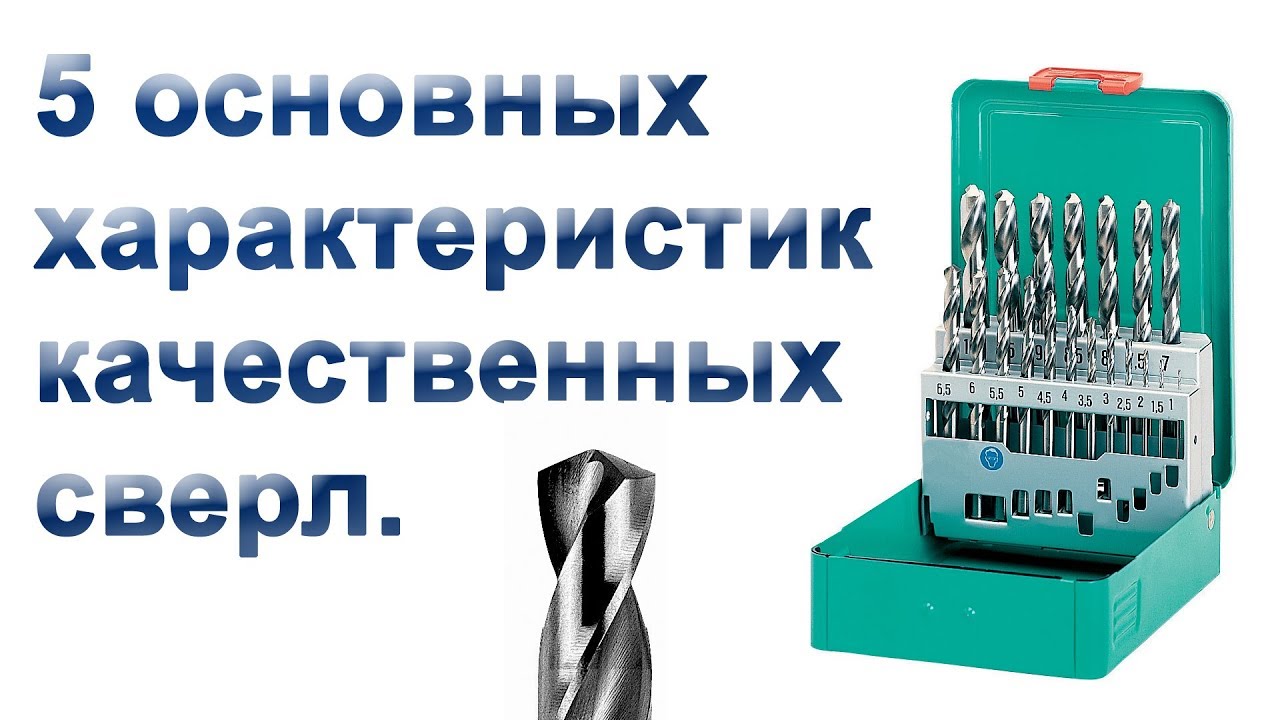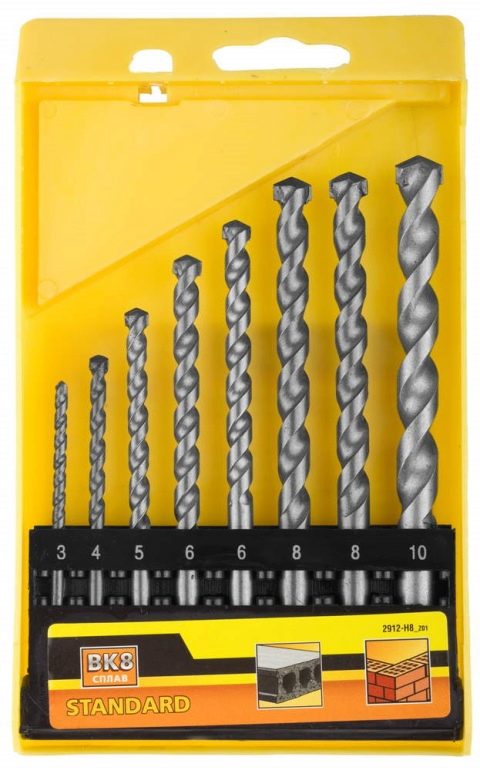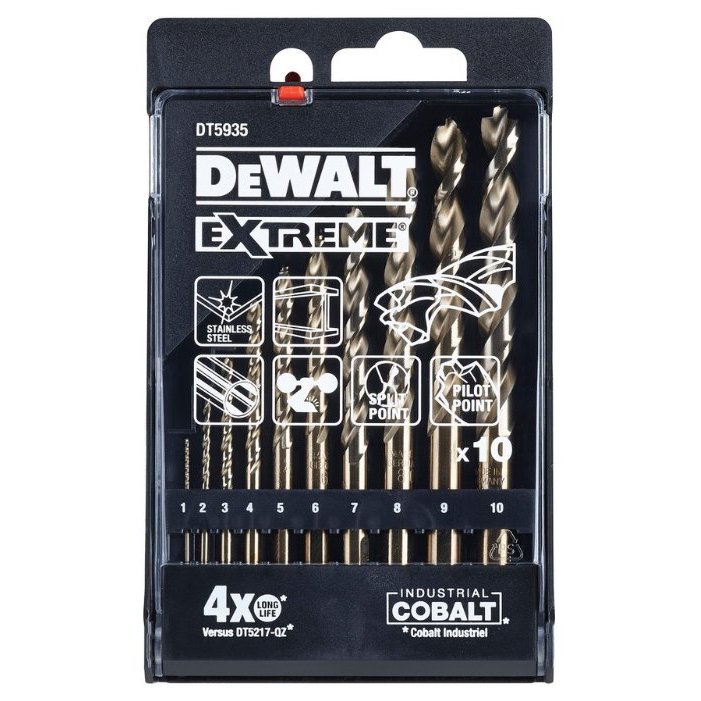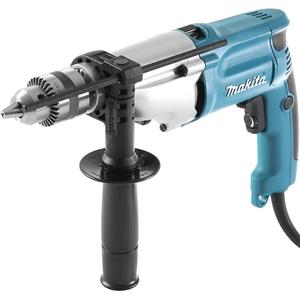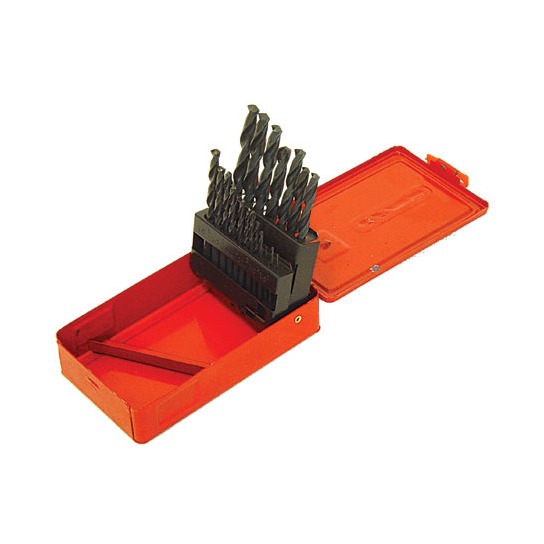Differences
Drill components:
- Cutting. It has 2 edges.
- Guide with 2 auxiliary edges. Their task is to provide direction of the drilling element and reduce friction.
- Shank. Designed for fixing the drill.
There are several types of shank.
- Faceted. Can be fixed with a screwdriver, drill or adapter clamping mechanism.
- Cylindrical. A screwdriver cannot cope with fixing such a shank.
- Conical.
- SDS. It is a cylinder with special grooves. Manufactured for a hammer drill. It comes in SDS-plus, thin shank and SDS-max, thick shank.
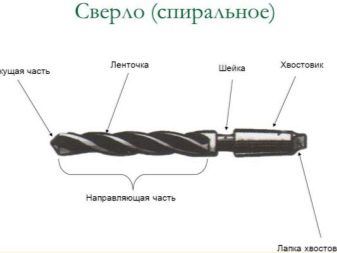

By color, you can find out some of the information described below.
- Steel gray. Products of this color are of rather poor quality and are cheaper than others.
- Black. Heat treatment of the material was carried out, which increases the service life and cost of the drills.
- Golden. Vacation processing has been carried out. The price for such products is above average, but it justifies itself.
- Bright golden. This color indicates the presence of titanium.


To improve the performance of drills, manufacturers apply additional coating to products:
- oxide film - it prevents oxidation and overheating;
- TiN (titanium nitride) - extends service life, but such products cannot be sharpened;
- TiAlN (titanium-aluminum nitride) - enhancement of the previous version;
- TiCN (titanium carbonitride) - slightly better than TiAlN;
- diamond coating - allows you to drill any material.
Peculiarities
It should be noted right away that the same products may have design nuances. The individual characteristics in terms of application depend on them.
By wood
- Screw. Thanks to its auger-like shape, the chips are immediately brought to the surface. Due to the presence of tapered heads, the drill immediately enters the tree and does not deviate from the desired point. The task being performed is a neat through hole. It is recommended to choose medium revolutions. Handles depth well. The recommended diameter is up to 25 mm.
- Feather. Due to its fragile design, it is used at low speeds. The result is of low quality. As a rule, among other drills, it has a low cost. The depth of the holes is up to 150 mm, the diameter is from 10 to 60 mm.


- Forstner's drill. The result of the work is an accurate and high-quality hole. It is widely used in furniture production. A distinctive feature is the ability to make blind holes thanks to a centering spike that protrudes a few centimeters. Diameter - from 10 to 60 mm, depth - up to 100 mm.
- Cutters. They allow you to make grooves of different parameters. First, a hole is drilled, then the edge is sharpened to the desired position.

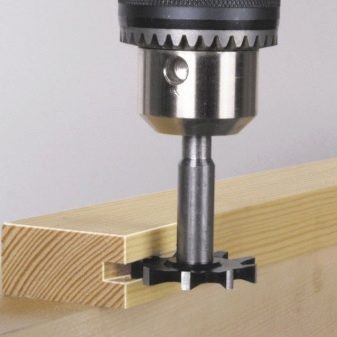
- Hole saws. It can be used to drill out "boxers" in drywall. Diameter - from 19 to 127 mm. They are usually sold as a set. The cheapest saws are disposable due to their poor quality.
- Crowns. They differ from hole saws in diameter, the limitation of which is 100 mm.
- Ballerina. Work is carried out only at low speeds and with material up to 20 mm thick. Diameter - from 30 to 140 mm.


When choosing a Forstner drill, it is important to know that all analogues are produced using other technologies - this affects the quality and result. The original drills are manufactured only by one American company - Connecticut Valley Manufacturing.
For metal
- Screw. Such a drill is a working head with an angular sharpening. Diameter - from 0.8 to 30 mm.
- With increased accuracy.
- Left-handed.
- Carbide. Used for heavy-duty and hardened metal of great thickness.The working head has a victorious tip (VK8).
- Cobalt. They have high quality indicators. The product is used for high-strength metal. It does not need preliminary preparation. Resistant to overheating. These drills are expensive.
- Stepped. For them, 2 mm is the limit of the thickness of the processed material. Diameter - 6-30 mm.
- Crowns. There are longitudinal grooves. Diameter - 12-150 mm.
- Centering.
Marking
- P6M5 and HSS (more common). The material for production is high-speed steel. HSS-R and HSS-G are used for drilling in materials such as gray cast iron, steel, hard plastic and non-ferrous metal.
- HSS-TiN. Titanium nitride is an optional coating. These drills do the job better than the previous ones.
- HSS-TiAIN. The three-layer coating allows the drills to cope with temperatures up to +700 degrees. The quality indicators are much higher.
- HSS-K6. Cobalt is added to the metal during production.
- HSS-M3. Molybdenum is used as an amplifier.

On concrete
Among them stand out:
- screw - used when the main parameter is depth;
- spiral are used when it is necessary to get wide holes;
- shallow options cope with small holes.
Crowns. The end edges are coated with diamond or victorious spraying. Diameter - up to 120 mm.


On tiles
- flat - they are distinguished by a victorious or carbide-wolfram tip;
- the crowns are diamond-coated, which is the cutting element;
- ballerina - you can use such a drill at minimum speed.
Tubular
There are also tubular drills. The tip is diamond coated and the shank is made in the form of a tube. Their task is to drill through fragile materials such as porcelain. The use of such drills for drilling walls behind tiles, glass apron is relevant.

Sets
A professional always knows what exactly he should have. As for the townsfolk, it is more difficult for them in this matter, since they rarely encounter practice.
Based on the above, you can assemble a standard set of drills for your home.
For wood:
- screw - their diameter varies from 5 to 12 mm;
- flat - the diameter of such drills is from 10 to 25 mm;
- ring.
Twist drills are usually used for metal. Their diameter is from 2 to 13 mm (2 pcs. up to 8 mm).
For concrete, brick or stone, screw options are used. Diameter - from 6 to 12 mm.
Flat drills are used for glass or tiles. Diameter - from 5 to 10 mm.
It is important to pay attention to the presence of cobalt or victor tips before buying. Such drills can be used for a long time and comfortably
It is also worth considering purchasing taps. The most relevant ones are for the thread of screws M5, M6, M8 and M10. When buying fasteners, later you need to check the cutting step.
The purchase of mini drills is less relevant. Drilling small holes is a rare need in everyday life.
On wood, you can assemble a set of drills for a screwdriver with a hex shank. The rest of the drills are with a cylindrical drill shank. It would be more expedient to assemble a set of concrete drills for a hammer drill.


The showcases display a wide selection of not only goods, but also manufacturers. If you look at the pricing policy and customer reviews, you can distinguish three manufacturers among others:
- "Bison";
- Dewalt;
- Makita.
If we consider a universal set, then each supplier offers, in addition to drills and bits, to purchase a tool whose presence in the case is irrelevant. In addition, the package does not include tiles. For this reason, it is advisable to choose ready-made options in boxes or buy each drill separately. And with the information obtained from the article, it will not be difficult to independently assemble an inexpensive and high-quality set of drills for the home.
In the next video, see about the 5 main characteristics of quality drills.




